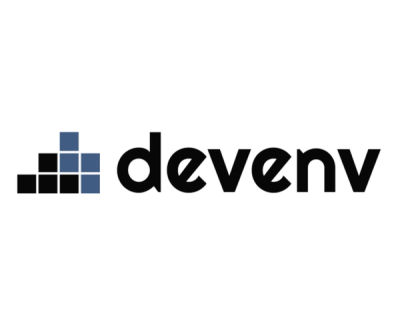
Research
Security News
Malicious PyPI Package Exploits Deezer API for Coordinated Music Piracy
Socket researchers uncovered a malicious PyPI package exploiting Deezer’s API to enable coordinated music piracy through API abuse and C2 server control.
@highlight-ui/layout
Advanced tools
Layout components are used to manage the white space between components and other elements. They produce visual consistency across Personio products by using a limited set of standardised spacing tokens. This also removes the hassle of space-management from the user.
spacing tokensspacing tokensflex valuesUsing npm:
npm install @highlight-ui/layout
Using yarn:
yarn add @highlight-ui/layout
Using pnpm:
pnpm install @highlight-ui/layout
Remember to import the styles in your (S)CSS file, like so:
@import url('@highlight-ui/layout');
The Stack component manages the vertical spacing between elements.
In your TypeScript file:
import { Stack, StackProps } from '@highlight-ui/layout';
<Stack space="spacing-4">
<Placeholder>Item 1</Placeholder>
<Placeholder>Item 2</Placeholder>
<Placeholder>Item 3</Placeholder>
</Stack>
| Prop | Type | Required | Default | Description |
|---|---|---|---|---|
space | SpacingType | No | spacing-0 | The spacing applied to the children. |
className | string | No | null | Classname to apply to the element. |
metadata | ComponentMetadata | No | null | Object used for testing. Contains testId and actionName. |
children | React.ReactNode | No | null | Components to apply spacing between. |
The Inline component manages the horizontal spacing between elements. In addition to this, this component can also control the alignment of the items (both vertically and horizontally).
In your TypeScript file:
import { Inline, InlineProps } from '@highlight-ui/layout';
<Inline space="spacing-4" align="center">
<Placeholder>Item 1</Placeholder>
<Placeholder>Item 2</Placeholder>
<Placeholder>Item 3</Placeholder>
<Placeholder>Item 4</Placeholder>
<Placeholder>Item 5</Placeholder>
</Inline>
| Prop | Type | Required | Default | Description |
|---|---|---|---|---|
space | SpacingType | No | spacing-0 | The spacing applied to the children. |
align | HorizontalAlignmentType | No | start | Horizontal alignment of the items. |
alignVertical | VerticalAlignmentType | No | start | Vertical alignment of the items. |
wrap | boolean | No | false | Whether to wrap the items when their width exceeds the container width. |
className | string | No | null | Classname to apply to the element. |
metadata | ComponentMetadata | No | null | Object used for testing. Contains testId and actionName. |
children | React.ReactNode | No | null | Components to apply spacing between. |
| Type | Values |
|---|---|
SpacingType | spacing-0, spacing-0-5, spacing-1, spacing-2, spacing-3, spacing-4, spacing-5, spacing-6, spacing-8, spacing-10, spacing-12, spacing-16, spacing-20, spacing-24, spacing-32 |
HorizontalAlignmentType | start, center, end, space-between, space-around, space-evenly |
VerticalAlignmentType | start, center, end, baseline, stretch |
This example serves as starting point on how you can use these layout components as part of your tests.
Certain props are already defined in the renderInline (or renderStack) method, to reuse through individual tests. Any props can be overriden by passing these to the above function.
const testId = 'test-inline';
const metadata = { testId };
function renderInline(props?: Partial<InlineProps>) {
render(
<Inline {...props} metadata={metadata}>
<p>Item 1</p>
<p>Item 2</p>
</Inline>,
);
return screen.getByTestId(testId);
}
These layout components are not yet used within the highlight-ui library. They are still being develiped to be initially used within the following organisms:
If you're interested in contributing, please visit our contribution page.
FAQs
A collection of layout helper components.
The npm package @highlight-ui/layout receives a total of 1,418 weekly downloads. As such, @highlight-ui/layout popularity was classified as popular.
We found that @highlight-ui/layout demonstrated a healthy version release cadence and project activity because the last version was released less than a year ago. It has 10 open source maintainers collaborating on the project.
Did you know?

Socket for GitHub automatically highlights issues in each pull request and monitors the health of all your open source dependencies. Discover the contents of your packages and block harmful activity before you install or update your dependencies.

Research
Security News
Socket researchers uncovered a malicious PyPI package exploiting Deezer’s API to enable coordinated music piracy through API abuse and C2 server control.

Research
The Socket Research Team discovered a malicious npm package, '@ton-wallet/create', stealing cryptocurrency wallet keys from developers and users in the TON ecosystem.

Security News
Newly introduced telemetry in devenv 1.4 sparked a backlash over privacy concerns, leading to the removal of its AI-powered feature after strong community pushback.